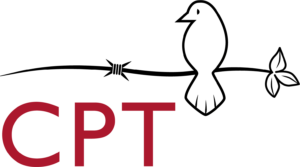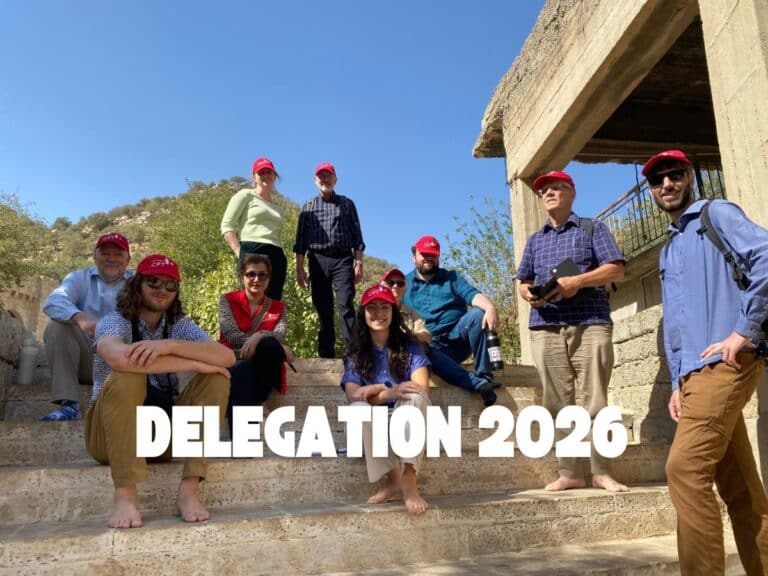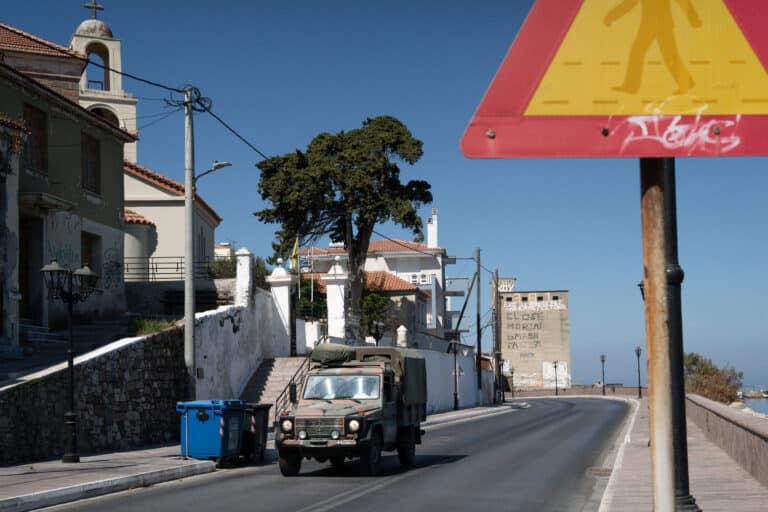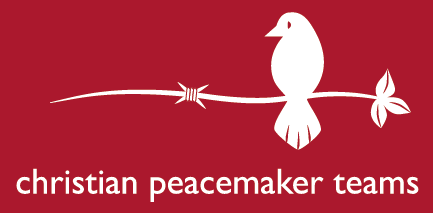A month ago, hundreds set sail across the Mediterranean sea – a citizens’ flotilla to break the siege of Gaza and cry out against the erasure of its people. They passed through Greek territory, where drones spied upon them in the attempt to keep them in their place. These same drones are used to spy upon another group of siege breakers: migrants, hemmed in place by walls and wire, guns and dogs, warships and the judge’s gavel, whose only demand is to live.
As the flotilla sailed eastward past Crete, Greece’s southernmost territory, something strange was happening further north. In the dead of night, in dark waters, the Turkish Coast Guard discovered a 12-year-old boy from Afghanistan off the coast of Samos island. He was alone, floating in a bright orange life raft.
The raft is proof that he had been intercepted by the Greek Coast Guard on his journey west. The Coast Guard routinely uses these distinctive devices – they look like floating tents – in illegal “pushback” operations at sea. We don’t know what happened to his co-passengers, or why the Coast Guard separated him from them.
This Monday, Lesvos island saw more shipwrecks. Local news confirms at least one incident, and CPT Aegean Migrant Solidarity reported from the ground of a rumoured second one, leaving “about 16 people dead or missing”. These aren’t the island’s only shipwrecks this month; on 5 October a boat capsized and a young woman was found dead, and on 7 October four more people died. In none of these cases do we know precisely how they died.
What we do know is that during this period migrants continued to be systematically intercepted, captured, and abandoned at sea – incident after incident, beating after beating.
7 October: Chios, 33 people pushed back, beaten.
12 October: Samos, one dead, a 24-year-old Palestinian man.
14 October: Rhodes, two dead, a man and a child, after a Coast Guard “pursuit”.
16 October: Farmakonisi, passengers beaten with rifle butts, abandoned in a sinking life raft. No casualties.
17 October: Chios, two dead, boat crashed into the shore.
18 October: Farmakonisi, one dead, a pregnant woman, after a Coast Guard “pursuit”; Pasas, 29 people forced back at gunpoint.
21 October: Kos, 30 people pushed back, engine broken by masked officers; Samos; 25 people pushed back, fuel line cut.
24 October: Bodrum, 17 dead, five of them children, one survivor.
25 October: Chios, 34 pushed back, threatened at gunpoint, beaten.
Such are the lists we keep. They grow so fast we struggle to maintain them.
The Greek state will not launch transparent investigations into the deaths. It’s up to networks on the ground – of activists, lawyers, surviving witnesses and family – to piece together their own autopsies.
We may never know what happened. Nor may we ever understand what has happened to a man who kidnaps a boy and leaves him to drift, or what he tells himself so he can live with it. Perhaps only novelists can answer such questions. Last month, officers involved in the Pylos shipwreck – which survivors describe as a pushback gone wrong: a massacre – said they were simply following orders. That seems inadequate. To ride out their consciences, these men need life rafts of their own. A Coast Guard spokesman, confronted with footage of a masked squad carrying a baby from Greek territory to be abandoned at sea, offered the following explanation: “migrants traveling in the Aegean Sea very often abandon their children” because “they don’t seem to have the same affection” for them as “we” do.
In other words: the brutality is not ours, but theirs. If they see only brutes, it’s because they need to. It’s our job to remind them what we see.




